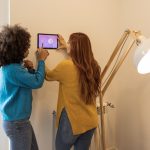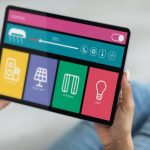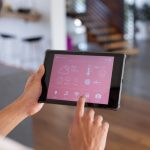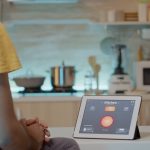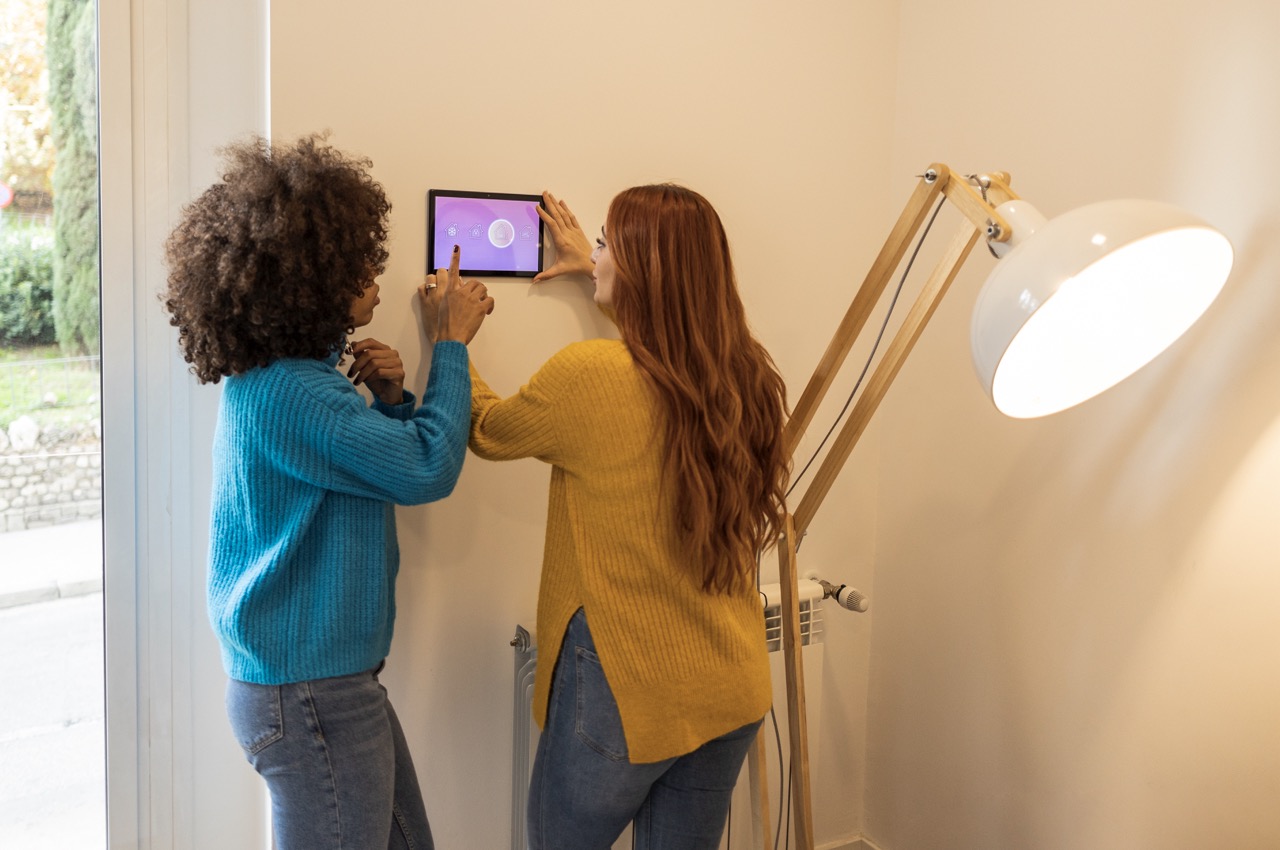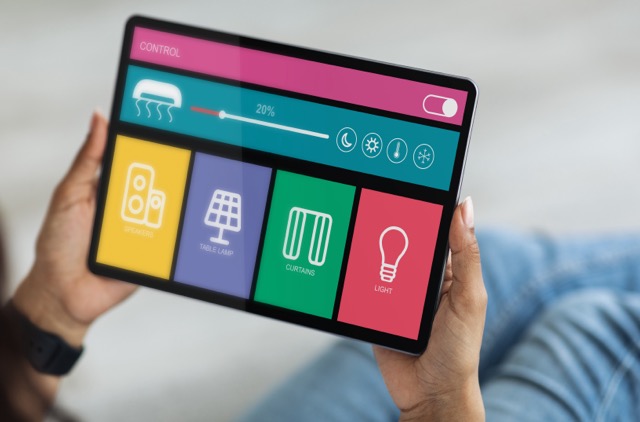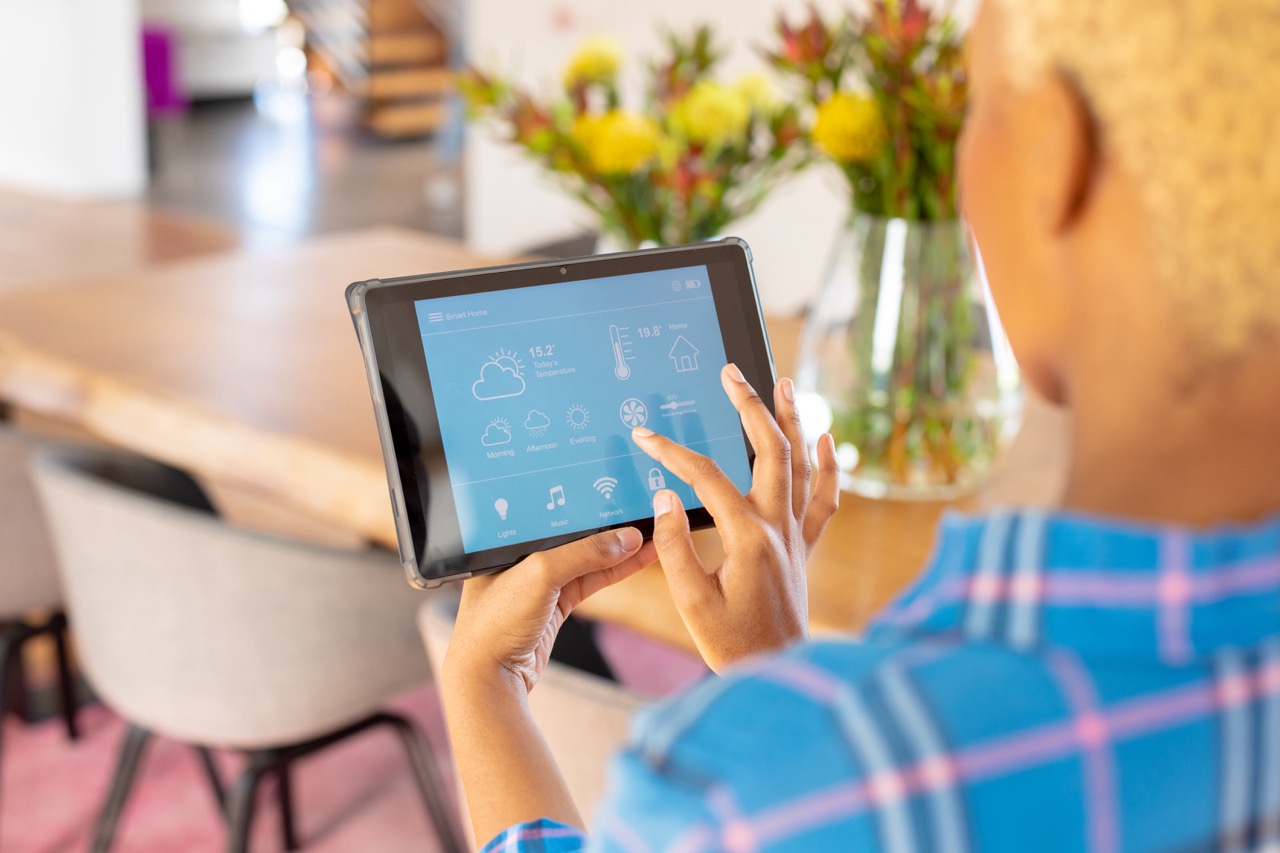The swift evolution of smart technology over the past few decades has brought about a transformative change in various sectors, with elderly care being one of the most significantly impacted. As the global population ages, the challenge to provide effective care for the elderly becomes more pressing. Smart devices, from sensors to voice-activated assistants, are proving to be valuable tools in addressing these challenges. They not only enhance safety and independence but also bring sophisticated health monitoring directly into the homes of those who need it most. This article explores how these technologies are revolutionizing the care available to our elderly population, analyzing the benefits, costs, and future possibilities.
1. Revolution in Care: The Smart Device Era
The emergence of smart devices has ushered in a new era in elderly care, characterized by enhanced efficiency and unprecedented levels of personalization. These devices leverage cutting-edge technology to assist in daily activities and ensure the well-being of seniors, from automated pill dispensers to AI-driven health analytics. The integration of these tools into everyday life marks a significant departure from traditional care methods, which often rely heavily on human intervention and can be both time-consuming and costly. Moreover, smart devices are constantly evolving, learning patterns of behavior, and adapting to the specific needs of their users, making them an invaluable asset in modern care strategies.
The use of such technology in elder care settings, like assisted living facilities and homes, has resulted in dramatic improvements in response times during emergencies and in routine care management. For instance, motion sensors can alert caregivers when an elderly person falls, and wearable devices can monitor vital signs in real time, sending alerts if there are any abnormal readings. This immediate relay of information can often mean the difference between a minor incident and a life-threatening situation. As a result, smart devices not only enhance the capability of caregivers but also add a layer of security and reassurance for family members.
These advancements also democratize access to high-quality care. With the aid of technology, elderly individuals living in remote or underserved regions can receive the same level of monitoring and support as those in well-equipped urban centers. This shift is pivotal in an era where aging populations are growing faster in rural areas than in cities. The smart device era is not just about introducing new tools, but about redefining the landscape of elder care, making it more inclusive and accessible.
2. Enhancing Safety: Monitors That Never Sleep
In the realm of elderly care, safety remains a paramount concern, particularly as age-related conditions like dementia or physical frailty increase the risks of accidents and injuries. Smart home devices such as cameras, motion detectors, and automated lighting systems play a critical role in mitigating these risks. These systems provide continuous monitoring without intrusion, preserving the dignity and privacy of seniors while safeguarding their physical well-being. For instance, smart floor mats can detect a fall immediately and alert a caregiver or a family member via a smartphone application.
Furthermore, the advent of wearable technology has revolutionized how caregivers monitor health vitals and other critical parameters in real time. Devices like smartwatches and fitness bands are equipped with sensors that track heart rate, sleep patterns, and even blood oxygen levels. This constant monitoring helps in early detection of potential health issues, enabling proactive rather than reactive care, which can be crucial in preventing major health events.
The psychological comfort that these devices provide cannot be overstated. For many elderly individuals, knowing that help is just a moment away if needed can alleviate the anxiety associated with living alone. Similarly, families find peace of mind knowing that their loved ones are continuously monitored and that they can be alerted immediately in case of an emergency. This safety net is vital in supporting the mental and emotional well-being of both the elderly and their caregivers.
3. Independence Reclaimed with Innovative Tech
Smart devices empower elderly individuals to maintain their independence, a crucial aspect of psychological health and overall well-being. Technologies such as voice-activated home assistants can control lights, thermostats, and televisions, allowing those with limited mobility to perform tasks that might otherwise require assistance. This not only helps seniors maintain a sense of control over their lives but also reduces the burden on caregivers.
The introduction of robotic assistance is also a game-changer in this domain. Robots can perform a range of functions, from basic household chores to more complex tasks like assisting with mobility or responding to voice commands. This kind of support can extend the time seniors are able to live comfortably in their homes, delaying or even preventing the move to assisted living facilities.
Moreover, GPS-enabled devices and location-based services enhance freedom while ensuring safety. Seniors with cognitive impairments who might wander or get lost can be swiftly located through these technologies. By integrating these devices, the elderly can safely enjoy walks and other outdoor activities, fostering a healthier and more active lifestyle without compromising their safety.
4. Navigating Health: Apps That Understand Age
As individuals age, their health needs become more complex, necessitating tailored healthcare approaches. Numerous applications now cater specifically to the elderly, offering features like medication reminders, appointment schedulers, and platforms for easy communication with healthcare providers. These apps not only assist in managing day-to-day health needs but also ensure that critical information is readily available in emergencies.
Telemedicine has seen a significant increase in adoption among the elderly, facilitated by user-friendly apps that connect patients with doctors via video calls. This technology is particularly beneficial for those who find regular travel to medical facilities challenging. By receiving consultations at home, seniors can maintain regular health checks without the physical strain of visiting a doctor.
Furthermore, health tracking apps that integrate data from various smart devices can provide a comprehensive view of an elderly person’s health status, which can be crucial in managing chronic conditions. These apps analyze patterns over time, giving both caregivers and healthcare providers better insights into the health dynamics of seniors. This kind of integrated health management is becoming increasingly crucial as it allows for a more coordinated approach to elderly healthcare.
5. The Cost-Benefit Scale of Smart Elder Care
While the benefits of smart devices in elder care are numerous, it is essential to consider the cost implications. Initial setup and ongoing maintenance of smart home systems can be expensive. However, when compared to the costs of traditional elderly care, which often involves in-home caregivers or long-term facility care, smart devices can be a more cost-effective solution over time.
In addition to financial savings, the qualitative benefits of increased safety, health monitoring, and independence should be factored into the cost-benefit analysis. These elements greatly enhance the quality of life for the elderly and can significantly reduce the emotional and physical toll on both families and caregivers. Furthermore, the use of smart technologies can decrease the frequency of hospital visits and the need for expensive medical interventions by allowing for early detection and management of potential health issues.
However, it is crucial to ensure that the technology remains accessible to all, regardless of economic status. Subsidies, insurance coverage, and scalable solutions can help bridge the gap, ensuring that the advantages of smart elder care are not limited to those who can afford them outright. Policymakers and industry leaders must work together to create frameworks that support widespread adoption and sustainable funding models.
6. Future Frontiers: Next Steps in Elder Tech
The future of elderly care technology is bright, with innovations continuing to emerge at a rapid pace. The next wave of developments is likely to include even more advanced AI-driven tools that can predict health events before they happen, offering unprecedented preventive care capabilities. Additionally, as the Internet of Things (IoT) expands, the interconnectivity of devices will enhance the efficiency and scope of monitoring and support systems.
There is also a growing focus on customization and user-friendliness, ensuring that elderly individuals with varying degrees of tech-savvy can benefit from these advances. The evolution of elder tech will need to include significant considerations for ethical issues, such as privacy and consent, as well as ensuring that the technology does not replace human contact but rather enhances it.
Furthermore, collaboration between tech developers, healthcare providers, and senior communities is essential to create solutions that truly meet the needs of the elderly. This interdisciplinary approach can drive innovation that is not only technologically advanced but also deeply attuned to the practical and emotional needs of older adults. As we look to the future, the potential of technology to improve elderly care is vast, promising a new era of independence, health, and dignity for seniors.
Smart devices are more than just technological marvels; they are lifelines that bring care, comfort, and peace of mind to the elderly and their families. As we continue to navigate the challenges of an aging global population, these tools represent not just a revolution in elderly care but a transformation in how society approaches aging and health. The ongoing integration of smart technology into elder care is a testament to the potential of innovation to enhance lives. By continuing to develop and refine these technologies, we are paving the way towards a future where aging is not a journey of decline but one of sustained independence and dignity.
